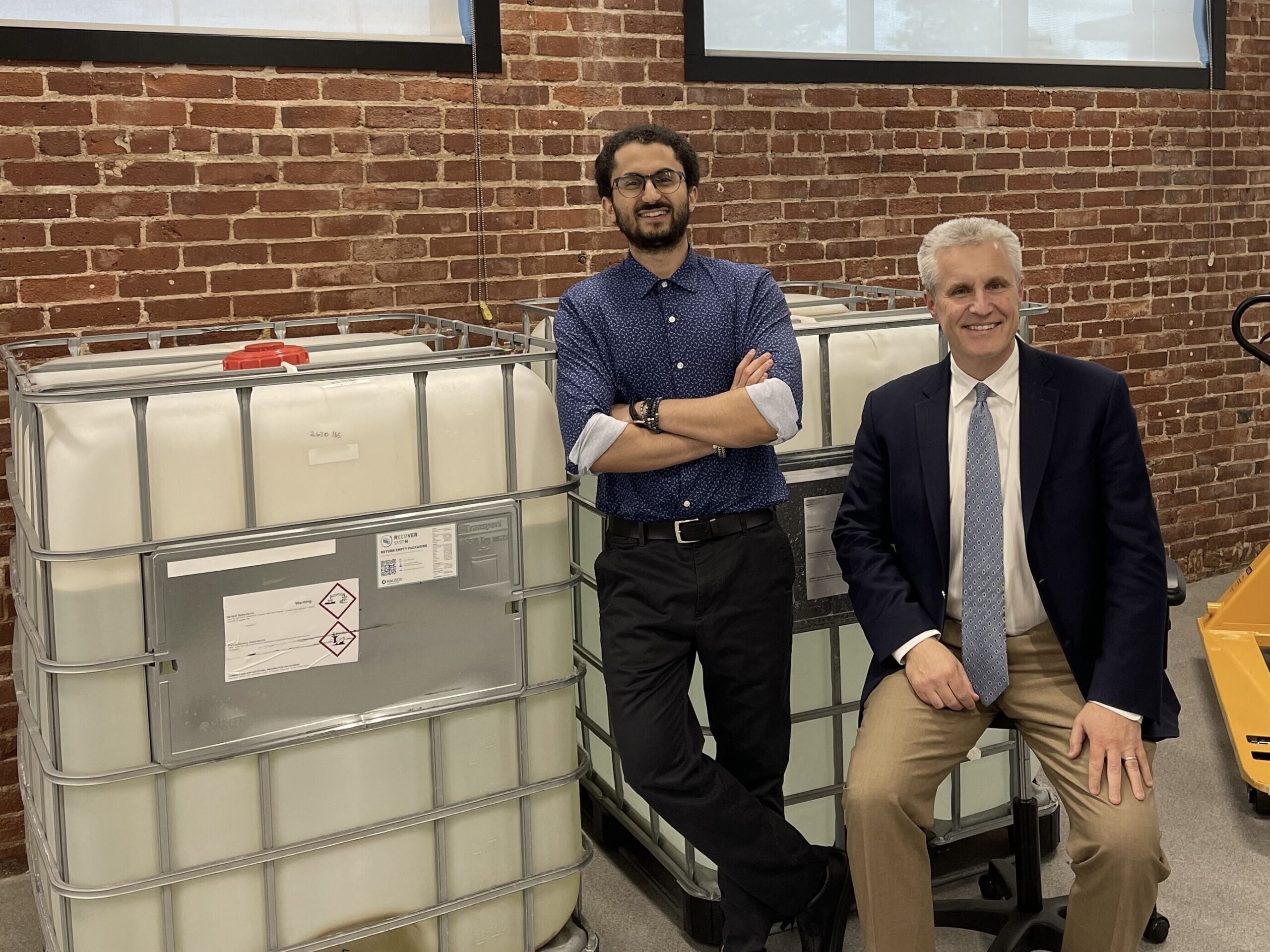Lithios’s Advanced Lithium Extraction technology enables the extraction of more than 85% of untapped lithium sources with a tenfold reduction in energy requirements
BOSTON (October 8, 2024) – Lithios, a developer of electrochemical lithium extraction technology, secured a total of $10 million in seed financing to scale the production of their Advanced Lithium Extraction (ALE) platform to unlock access to low-cost, sustainably sourced lithium supplies. The round was led by climate tech venture capital firm Clean Energy Ventures, with participation from strategic venture groups TechEnergy Ventures and GS Futures as well as Lowercarbon Capital and MassCEC. Lithios will leverage the funding to scale its R&D, manufacturing, and operations, and accelerate the development of commercial projects to produce thousands of tons of lithium carbonate annually. Lithios secured an additional $2 million in venture debt from Silicon Valley Bank.
One of the most important raw materials for the energy transition, lithium is expected to undergo a worldwide shortage as early as 2025. To meet global EV and energy market demand, 7 million tons of lithium carbonate will be required by 2040, eight times more than the current supply. Anticipating the impending shortfall, lithium resource owners are seeking solutions to overcome bottlenecks including infrastructure constraints in remote locations and lack of affordable processing technologies for high-contaminant sources.

Lithios is developing the first scalable electrochemical lithium capture solution, Advanced Lithium Extraction, to efficiently extract lithium from untapped brine deposits where existing solutions cannot operate. Lithios’s ALE technology allows miners, operators, and the broader battery supply chain to unlock sources of lithium previously considered uneconomical and inaccessible due to difficult contaminant profiles and resource constraints.
“Today’s lithium extraction approaches are not only environmentally taxing but produce at a quantity insufficient to meet growing demand from the EV market,” said Daniel Goldman, Co-founder and Managing Partner at Clean Energy Ventures. “After assessing dozens of new lithium extraction technologies, we believe Lithios’s ALE approach addresses serious pain points for customers across the entire lithium value chain and brings a much-needed step-change improvement to recover lithium from contaminated and forsaken sources.”
Currently, there are three prevalent energy- and resource-intensive approaches to lithium extraction: hard rock mining and the evaporation of brines in surface ponds—both of which are limited to high-grade lithium deposits—and nascent direct lithium extraction (DLE) from brines. Lithios’s ALE platform is designed to be capital efficient with low resource intensity, and it consumes ten times less energy compared to DLE approaches when used to process low-grade sources of lithium.

Developed by MIT scientists and engineers, Lithios’s ALE technology unlocks more than 85% of known but currently inaccessible lithium brine sources, making the lithium recovery process for low-grade brines up to twice as cost-effective as emerging DLE methods. Through ALE, tough-to-process low-grade sources of lithium become just as valuable as scarce high-grade ones, opening up a pathway for lithium resource owners to increase supply to battery manufacturers.
“If we want to electrify our world, we must start with electrifying the lithium extraction process,” said Mo Alkhadra, PhD, Lithios Co-founder & CEO. “As we enter this next phase of rapid growth, we are grateful for the support of our investors, whose expertise in scaling companies across the battery value chain bolsters our efforts to create a more sustainable and effective lithium extraction technology to enable an electric future.”




